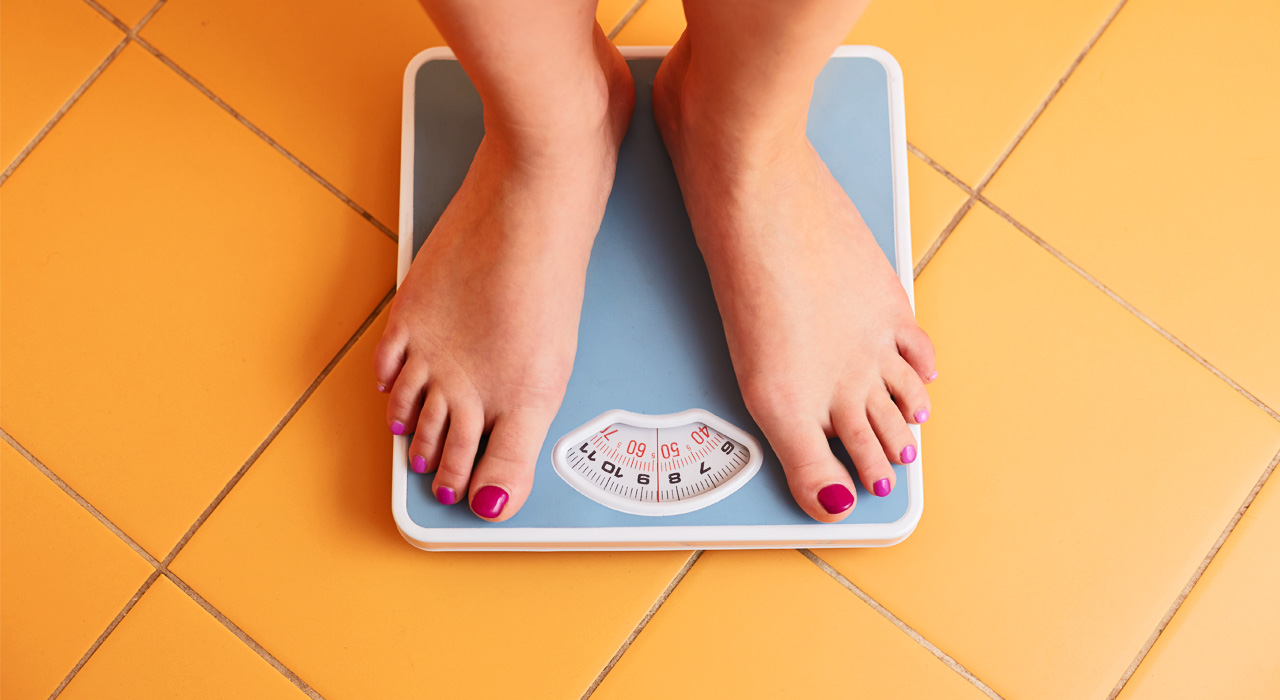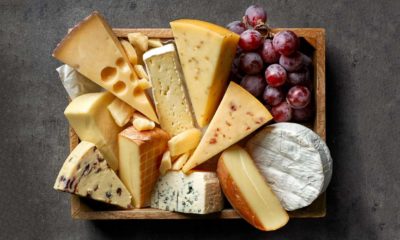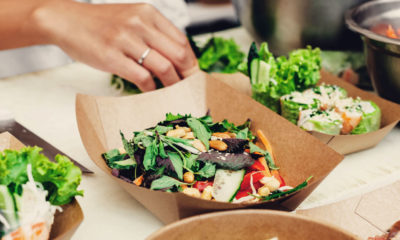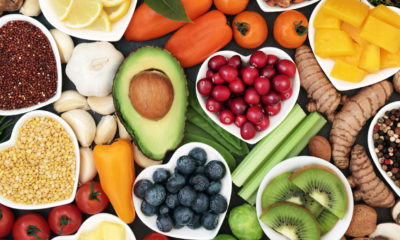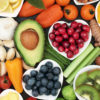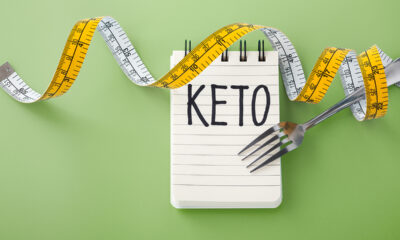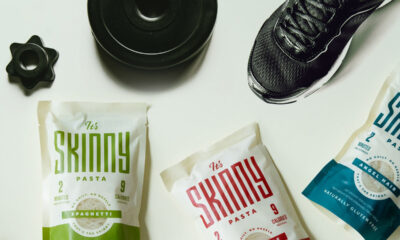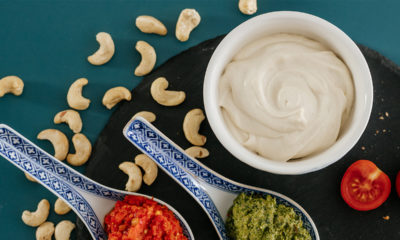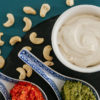Nutrition
How To Make The Most Out Of Fad Diets
Have you ever heard of the Upside Down Diet that gets you to eat everything while standing on your head? While this made-up example is a little extreme, is it really that unbelievable? With more and more trendy diets popping up on Amazon’s digital shelves every month you’ve got a wealth of fads, tricks and fork-based tomfoolery to choose from.
Eventually you’ll be convinced to pick a side. But will it be low carb or high fat and high protein? South Beach or Atkins? And you no doubt want to know which will cough up the most dramatic results while still providing you with the most oomph so you can still train at a high intensity. Well, to help you out, we’ve rounded up the most popular weight loss strategies of 2015 and put them under the microscope. There’s good, bad and just plain gross, but there are ways to incorporate some of their key concepts into your weekly meal plans so that you’re always on point.
Popular diets expose you to a minefield of carefully tailored misinformation about how amazing you’ll look in just a few short weeks. We cut through all the bull to uncover a single worthwhile principle from each so you can use it in your kitchen today to lose the pounds tomorrow.
1. Flexitarian diet
This diet’s claim to fame is pretty straightforward and easy to guess based on its name. By promoting flexibility, as opposed to rigorous restrictions, dieters can enjoy a wide variety of fruits, vegetables and meats. The term flexitarianism, which was first coined by registered dietitian Dawn Jackson Blatner, emphasises the health and weight-loss benefits of a mostly vegetarian diet. However, since the diet isn’t strictly vegetarian, you’ll still get to enjoy a nice slab of steak and some tasty chicken wings when cravings strike.
What you can use from it today
Create a ‘vegetarian’ day each week, during which you abstain from meats. It’s a good idea to keep the day constant, perhaps having a meatless Monday, because you’re less likely to forget. Use foods like tofu, beans, lentils, peas and nuts to create protein-packed meals with tonnes of health benefits.
2. Dash diet
Many pharmacy students learn about the DASH diet (dietary approaches to stop hypertension) while reviewing lifestyle modifications for those with high blood pressure. Its aim is to lower high blood pressure through a few simple steps, like decreasing your sodium intake and eating more fruits and vegetables. This DASH diet isn’t necessarily a weight-loss programme, but restrictions on the number of weekly fat and sweet servings you consume can definitely result in a smaller waistline and reduced risk of heart disease. And that’s advice every woman will benefit from.
What you can use from it today
Counting calories might be a tried-and-tested weight-loss algorithm but this diet has you focusing on a new set of figures – sodium. Even if your goal isn’t weight loss you should reduce your sodium intake to less than 2,300mg per day. Look for phrases like ‘low sodium’ on labels. While these are a good indicator of low sodium, you shouldn’t blindly eat huge servings of these foods.
3. Weight watchers diet
Thanks to celebs like Jessica Simpson and Jennifer Hudson singing its praise, you can bet this strategy will always be trendy. This diet assigns a point value to every food based on its protein, carbohydrate, fat and fibre content. Although you can technically eat whatever you want up to a certain point, processed or high-calorific foods score higher. On the other hand, most fresh fruits and vegetables carry zero points and can be eaten in large amounts. In addition to an easy-to-follow point strategy, this programme provides you with a support system that helps you manage your weight loss.
What you can use from it today
Find a weight-loss partner instead of dieting alone. Research in the Journal of Consulting and Clinical Psychology found that getting a buddy to help you get leaner is very effective, but only if you both have your goals aligned. You’ll be able to motivate each other through daily text messaging and have a support system for when there’s leftover cake in the canteen.
Find nutritional information and more in every issue of TRAIN for HER magazine.


